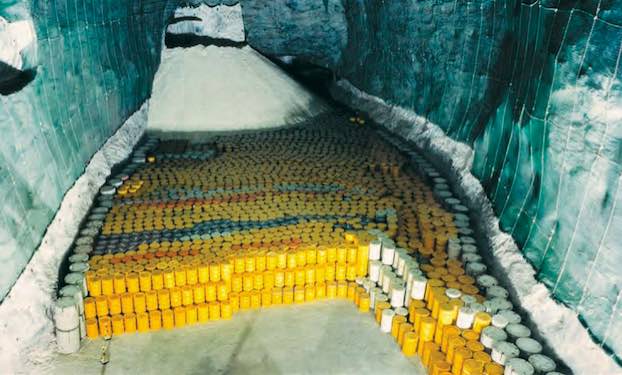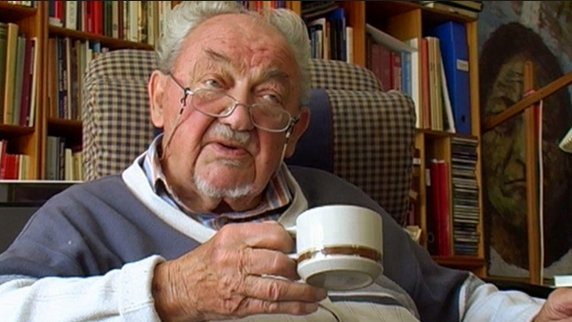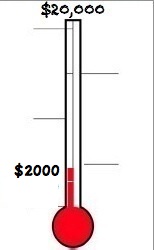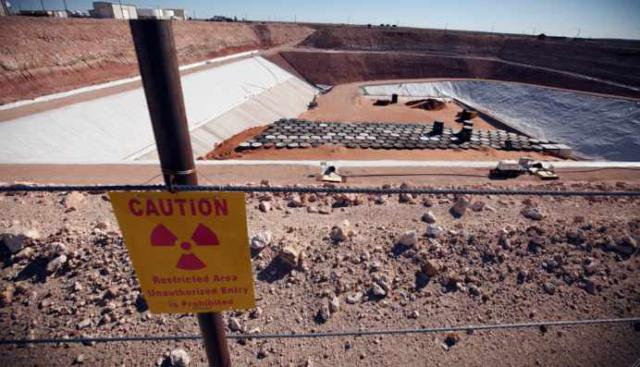There is a place in the United States, almost half-a-mile underground, in a salt mine, where radioactive waste leftover from the production of tens of thousands of nuclear bombs was to be held separate from all contact with humanity for 10,000 years, equivalent to the entire history of civilization. This separation of civilization from the byproduct of its folly had lasted one-tenth of one percent of that immense time when on Valentine’s Day, three years ago, an explosion sent the deadly contamination back to the world of humans.
It shouldn’t have been a surprise because there were already two other failed geological repositories for nuclear waste, both in Germany and designed for civilian not military waste, that have also leaked within a short time of operation. But despite the signs of potential failure the United States in an leap of technological faith spent billions to hollow out a salt cavern in south eastern New Mexico, near the small town of Carlsbad, not far from the Texas border called the Waste Isolation pilot Plant or WIPP.
That faith wasn’t justified as events unfolded.
 Supposedly safe for storage for 10,000 years, WIPP's nuke waste repository failed catastrophically in just three years
Supposedly safe for storage for 10,000 years, WIPP's nuke waste repository failed catastrophically in just three years
What happened on August 14, 2014 was that at least one of 683 barrels, about three feet tall and a little under two feet in diameter each and filled with plutonium contaminated waste burst into flames contaminating 8000 feet of tunnels and 22 workers who were either on the surface or arrived at the scene soon afterward.
The still unfinished clean up has cost taxpayers $2 billion since then.






